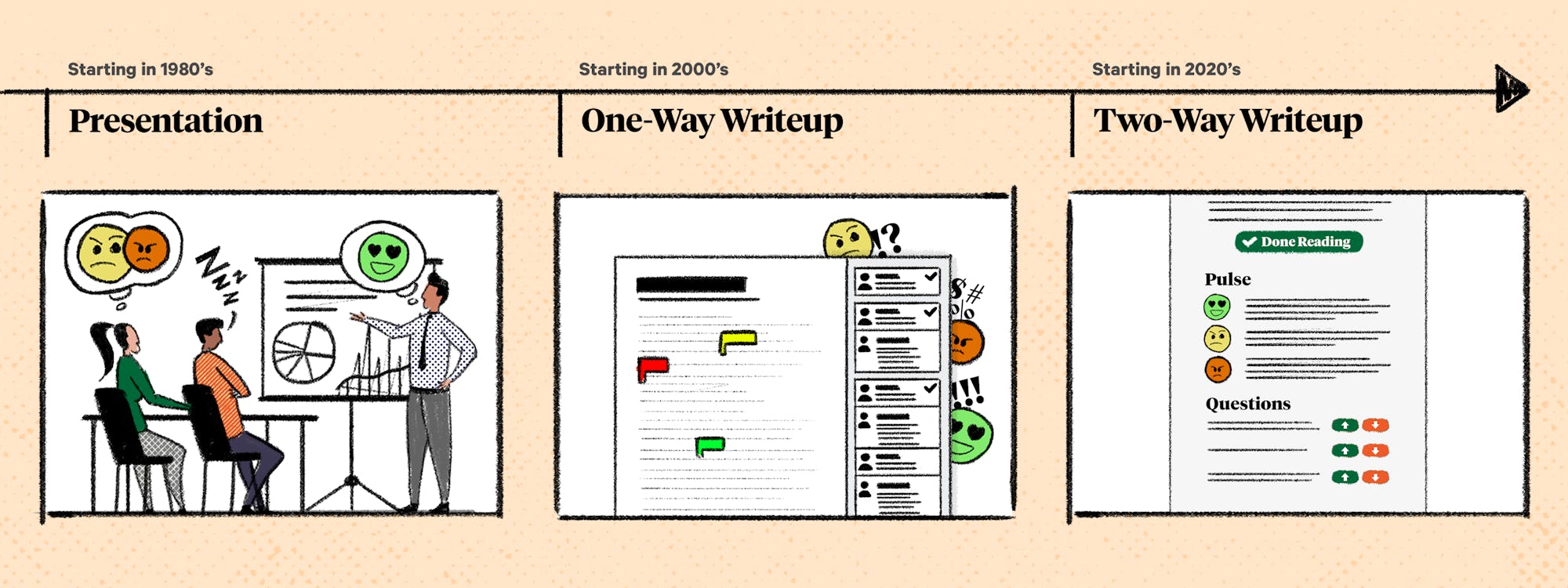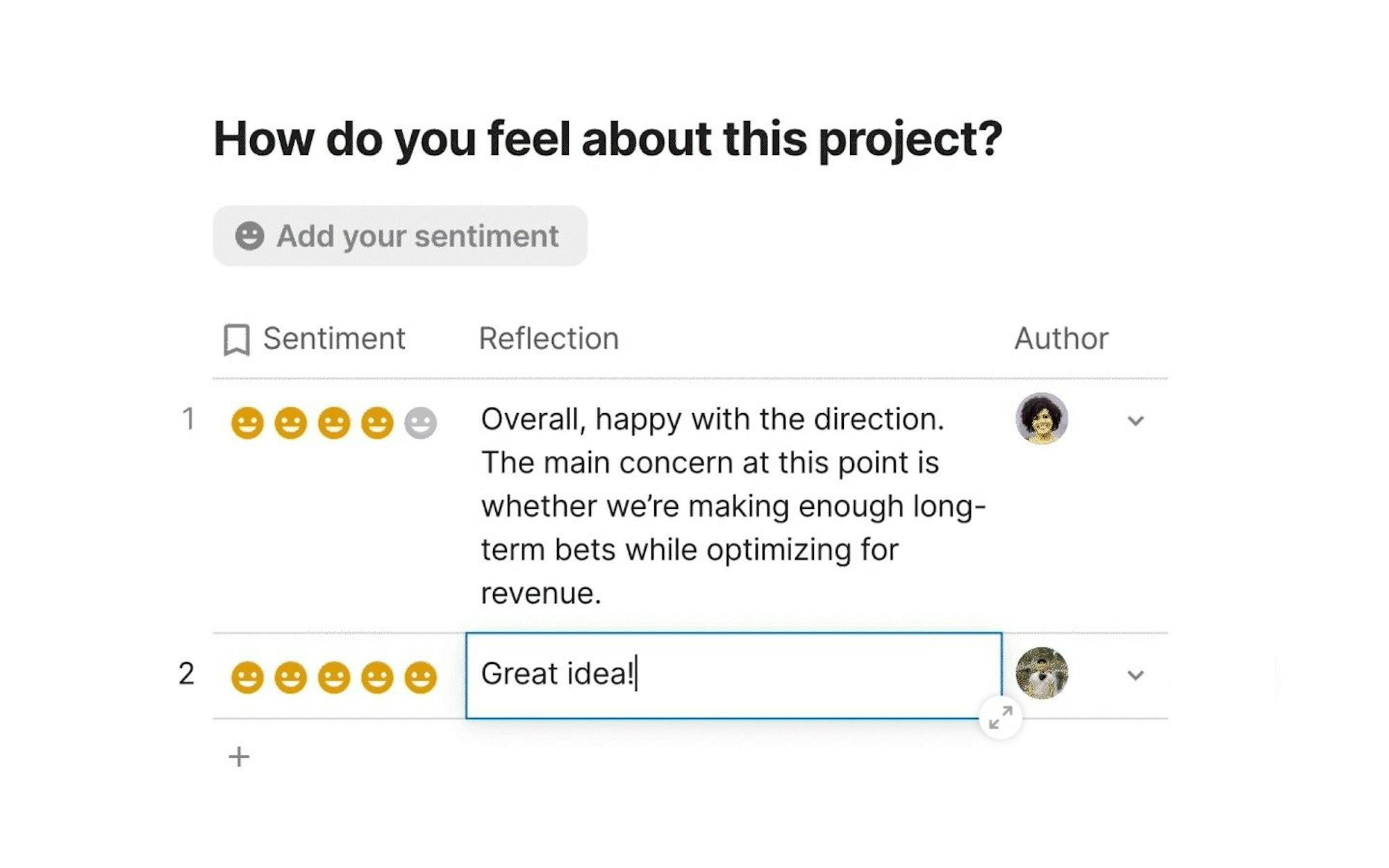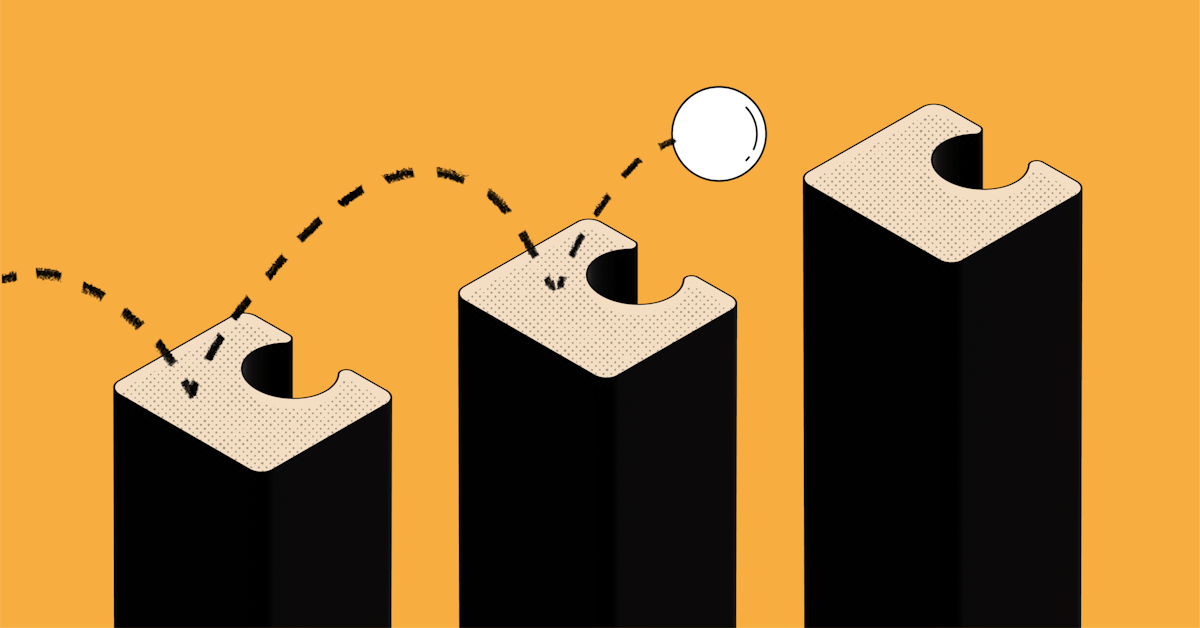Decision-making was broken at my company, then we did this
See 3 proven techniques that my product team used to fixed decision-making.


Teresa de Figueiredo
Product Manager at Coda
Product teams · 6 min read
1. Make sure your problems are correctly framed.
One of the key challenges many teams face when it comes to decision making is the lack of a shared framework. It’s all too easy to get bogged down in unproductive semantic debates, focusing on minutiae rather than addressing the core issue, if you fail to establish a common framing of the problem. This can lead to decision-making deadlocks where conflicting perspectives cause stalemates, resulting in delays and frustration. At Coda, we start any involved decision making process by establishing a set of questions and picking the “eigenquestion.” This is Coda-speak for a question whose answer will help answer many other downstream questions. (Our founder Shishir Mehrotrha came up with this term based on the linear algebra concept of eigenvectors, the name for the "most discriminating vector in a multidimensional space". But don’t worry, you don’t need to know the mechanics of vectors to follow along here.)
2. Clear briefs, complete proposals, can’t lose.
When we face difficult decisions at Coda, we get things on paper (or, more likely, a doc) as quickly as possible. Other companies might call that a brief or proposal, but ours are called two-way writeups. And that adjective is important. Two-way writeups aren’t static informational docs. They always have built-in ways for readers to leave comments or feedback. The most basic way we gather feedback is by simply putting a reaction button at the bottom of a writeup, asking who has read it. The button looks like a little thumbs up icon that people who receive the report click on when they reach it, indicating they got that far into the doc.

3. Multiply the effectiveness of product reviews with a Catalyst forum.
Another Coda ritual called Catalyst has proven very popular at a growing number of companies. To hold a Catalyst forum, we orient our meeting around efficiency, namely by eliminating standing attendees and automating as much as possible. If you’ve ever had an upcoming meeting balloon from five people to twelve in the space of a day or two, you know how easy it is for things to get out of hand. Successful meetings are a balance between inclusion and efficiency, so asking people to self-select their level of participation is key. People can select their level of participation from not needing to be involved in the decision, down to calling out that they will have strong opinions. Designating stakeholder roles, from final owner to general brainstormer, streamlines any decision making process and allows us to run multi-threaded meetings. That’s what we call meetings where attendees split off into different Zoom rooms to cover the topics they care about, and attendees indicate interest and participation level when signing up for a slot. It’s an easy way to get through 10 different things in one meeting slot instead of endlessly talking about one thing. Catalyst meetings always include a decision doc with all the elements of a two-way writeup, which makes keeping track of results and action points a breeze. We also connect those docs into Coda’s automations. That means we can trust Coda itself to create and update individual calendar events for each topic, removing the calendar hold the day before the Catalyst discussion, send a Slack reminder the morning of a Catalyst discussion, and keep everyone on track after the meeting. If a perfectly divided, administratively automated meeting sounds like it would help your team make better decisions, try the Catalyst template or a simplified Stakeholder template here.

4. Decisions are only as solid as their records.
That may sound hyperbolic, but I stand by it. It’s no use coming up with the perfect series of decisions if no one writes them down. At Coda, we have a few ways we record the results of our meetings. I have two decision log templates for you, one here and another here; they are simple tables that record the problem discussed, a potential answer, the solidity of that answer (ie. proposed, agreed upon, deferred), and the team’s confidence in the solution.













